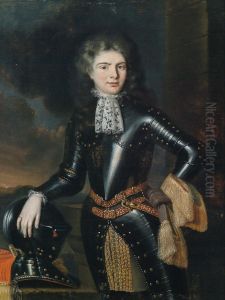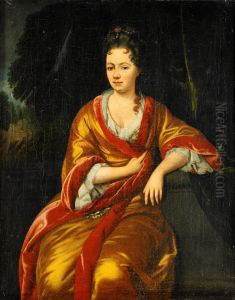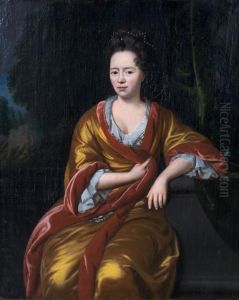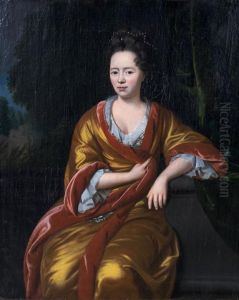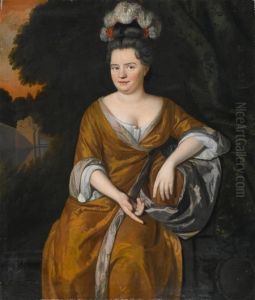Nicolaes Quade Ii De Van Ravesteyn Paintings
Nicolaes van Ravesteyn, sometimes referred to as Nicolaes Quade van Ravesteyn, was a Dutch painter from the 17th century, born around 1605/1606. He was part of a family of artists, being one of the sons of the portrait painter Jan Anthonisz van Ravesteyn, who was a prominent figure in The Hague's artistic community. Nicolaes had a brother, Anthonie van Ravesteyn, who was also a painter. Their father, Jan, is often considered the more renowned artist of the family, with his works being well-regarded for their detail and representation of the elite in Dutch society.
Nicolaes van Ravesteyn's career unfolded during the Dutch Golden Age, a period of great wealth and cultural achievement in the Netherlands. He worked primarily as a portraitist. However, unlike his father Jan, there is less information available about Nicolaes's life and works, which has led to some difficulty in distinguishing his paintings from those of other members of his family, especially given the similarity in style and the common practice of not signing portraits during that time.
Despite the challenges in attributing works to him with certainty, Nicolaes van Ravesteyn is known to have contributed to the rich tradition of Dutch portraiture in the 17th century. His portraits are characterized by a sober, realistic approach to depicting sitters, which was typical of the Dutch portraiture of the period. He captured the likeness and status of his subjects with attention to detail in clothing and jewelry, which provided an insight into the fashion and social standings of the time.
Nicolaes van Ravesteyn's death is recorded in 1657. His works, though perhaps not as widely recognized as those of his father or other contemporaries, nonetheless represent a continuation of the family's artistic legacy and contribute to our understanding of portraiture during the Dutch Golden Age. Due to the scarcity of signed works and the general confusion about the exact number of paintings he produced, his posthumous reputation has not reached the same heights as other Dutch masters. Nevertheless, for those studying the period and the genre of portraiture, Nicolaes provides an intriguing figure whose works warrant further scholarship.
